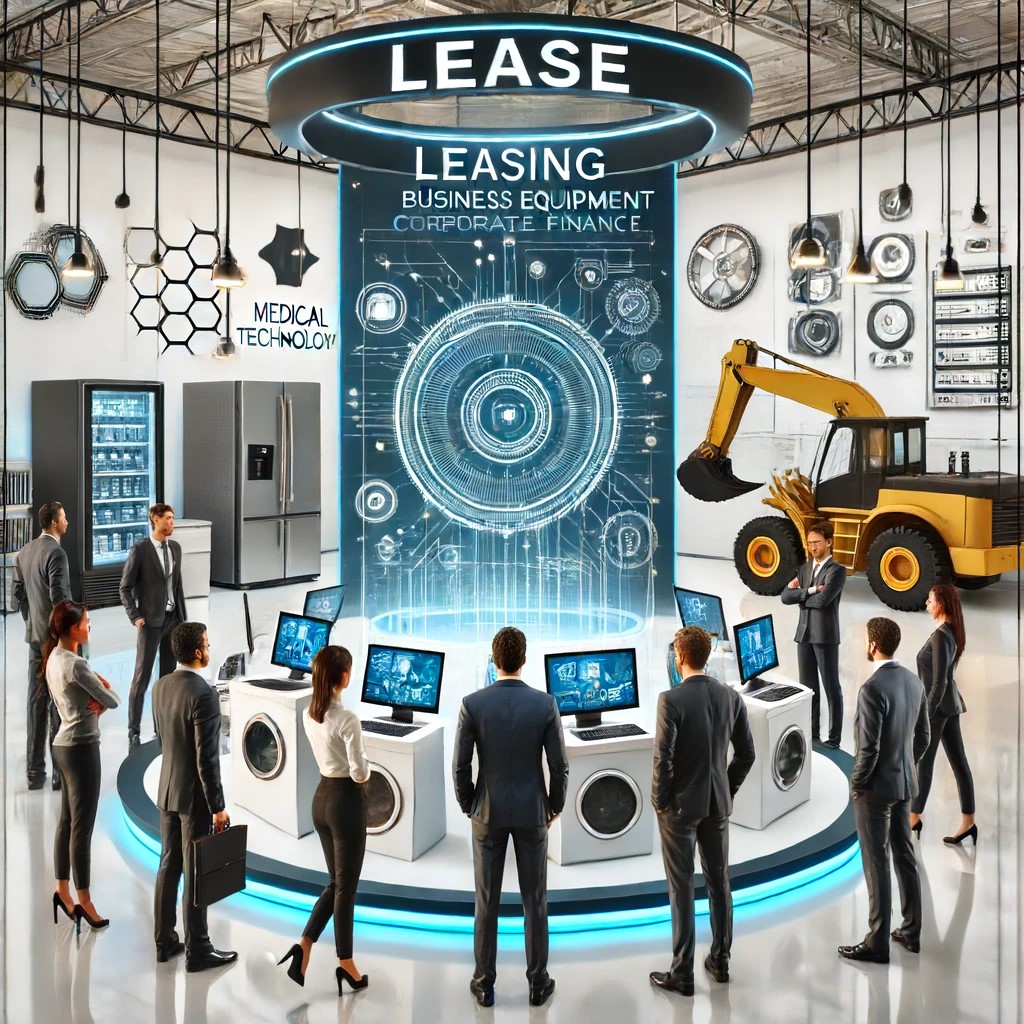In the realm of corporate finance, the decision between buying and leasing assets is crucial and can significantly impact a company's balance sheet and overall financial health. Both strategies offer distinct advantages and challenges, and choosing the right one depends on various factors including financial circumstances, business objectives, and market conditions. This article explores the pros and cons of buying versus leasing in corporate finance, highlighting current trends and future predictions.

Pros of Buying
1. Long-Term Cost Savings:
Buying typically results in lower total expenditure over time compared to leasing, especially if the asset has a long usable life. Once the initial investment is recouped, the asset continues to provide value with no additional payments, potentially improving the company's profitability.
2. Asset Ownership:
Purchasing an asset allows a company to claim ownership, which has several benefits. Owned assets can be capitalized on the balance sheet, enhancing a company's asset base. Additionally, ownership provides companies with the flexibility to use or modify the asset as needed without restrictions typically imposed by lease terms.

Cons of Buying
1. Upfront Capital Requirement:
Buying usually requires a significant upfront capital investment, which can strain financial resources, especially for small or newly established companies. This can restrict cash flow and limit the ability to invest in other strategic areas.
2. Obsolescence Risk:
With the rapid pace of technological advancement, purchased assets can become obsolete quickly. Companies owning their assets bear the full risk of technological obsolescence, potentially leading to increased costs if the assets need to be replaced sooner than expected.
Pros of Leasing
1. Flexibility and Adaptability:
Leasing provides flexibility, especially in industries where technology changes rapidly. Leasing agreements may allow businesses to upgrade or replace assets at the end of the lease term, ensuring access to the latest technology without large reinvestments.
2. Improved Cash Flow Management:
Leasing reduces the burden of hefty upfront costs by spreading payments over a period. This can help manage cash flow more effectively and free up capital for other investments that might yield a higher return.

Cons of Leasing
1. Higher Long-Term Cost:
While leasing conserves cash flow initially, it can be more expensive in the long run if the lease is extended over many years.
2. Contractual Limitations:
Leasing agreements come with certain restrictions and conditions that can limit how the assets are used. Penalties for breaching these terms can be costly.
Future Predictions
As businesses continue to navigate economic volatility and technological advancements, the trend towards leasing, especially in technology and equipment, is expected to grow. However, buying will remain a viable option for assets that are critical to long-term operations and where obsolescence is not a significant risk.
The choice between buying and leasing in corporate finance requires careful consideration of the company's financial health, strategic goals, and market conditions. As the economic landscape evolves, staying informed and agile in decision-making will be key to maximizing financial performance.

The Impact of Trade Wars on Global Investments

Shielding Yourself from Digital Threats: Financial Security Tips

Decentralized Finance (DeFi): Is It the End of Traditional Banking?

The Impact of Trade Wars on Global Financial Markets

Financial Planning for Newlyweds

Understanding Commodity Trading and Its Influence on Global Markets

Crypto Wallets Demystified: Which Type Is Right for You?
